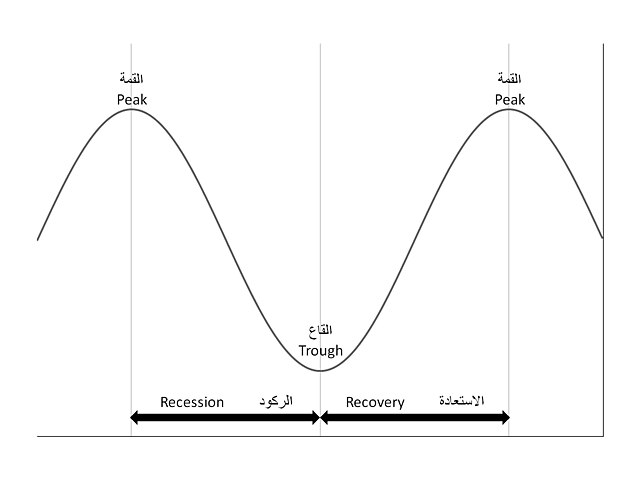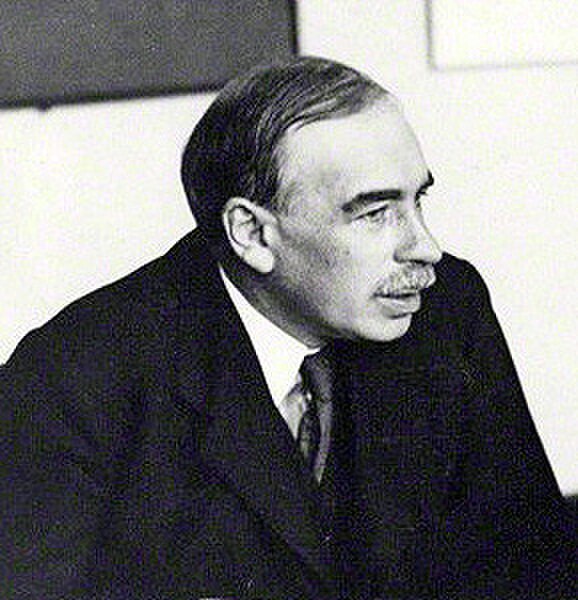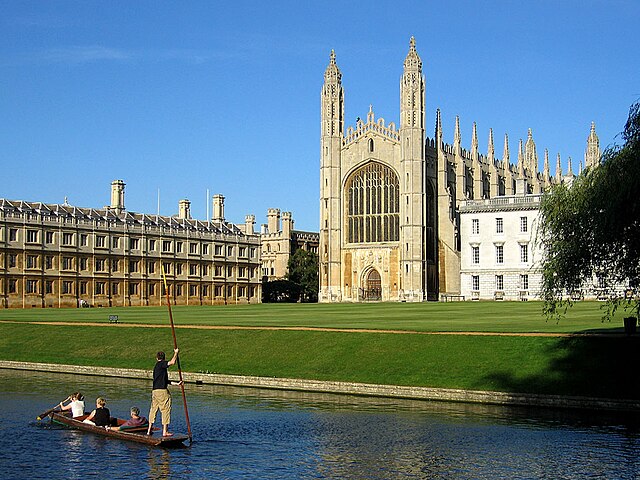The Return of Depression Economics and the Crisis of 2008
The Return of Depression Economics and the Crisis of 2008 is a non-fiction book by American economist and Nobel Prize winner Paul Krugman, written in response to growing socio-political discourse on the return of economic conditions similar to The Great Depression. The book was first published in 1999 and later updated in 2008 following his Nobel Prize of Economics. The Return of Depression Economics uses Keynesian analysis of past economics crisis, drawing parallels between the 2008 financial crisis and the Great Depression. Krugman challenges orthodox economic notions of restricted government spending, deregulation of markets and the efficient market hypothesis. Krugman offers policy recommendations for the prevention of future financial crises and suggests that policymakers "relearn the lessons our grandfathers were taught by the Great Depression" and prop up spending and enable broader access to credit.
Hardcover edition
Paul Krugman at the Royal Swedish Academy of Sciences in Stockholm
John Maynard Keynes plaque at Cambridge Arts Theatre coining him an economist, philosopher, businessman and civil servant
Simple business cycle model indicating the defining characteristics of periods of recessions and recovery
John Maynard Keynes, 1st Baron Keynes,, was an English economist and philosopher whose ideas fundamentally changed the theory and practice of macroeconomics and the economic policies of governments. Originally trained in mathematics, he built on and greatly refined earlier work on the causes of business cycles. One of the most influential economists of the 20th century, he produced writings that are the basis for the school of thought known as Keynesian economics, and its various offshoots. His ideas, reformulated as New Keynesianism, are fundamental to mainstream macroeconomics. He is known as the "father of macroeconomics".
Keynes in 1933
King's College, Cambridge. Keynes's grandmother wrote to him saying that, since he was born in Cambridge, people will expect him to be clever.
Keynes's colleague, David Lloyd George. Keynes was initially wary of the "Welsh Wizard," preferring his rival Asquith, but was impressed with Lloyd George at Versailles; this did not deter Keynes from painting a scathing picture of the then-prime minister in The Economic Consequences of the Peace.
The Great Depression and its periods of worldwide economic hardship formed the backdrop against which the Keynesian Revolution took place. This image is Migrant Mother, taken by photographer Dorothea Lange in March 1936.








